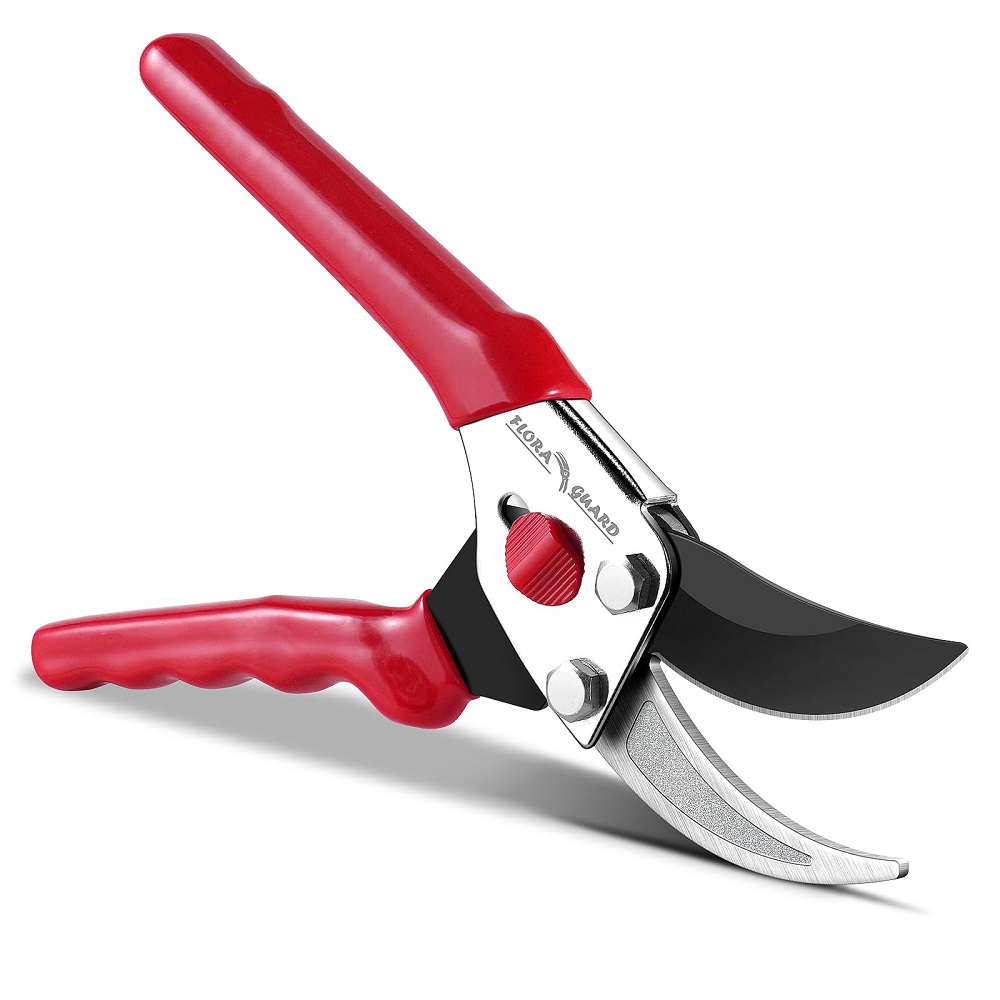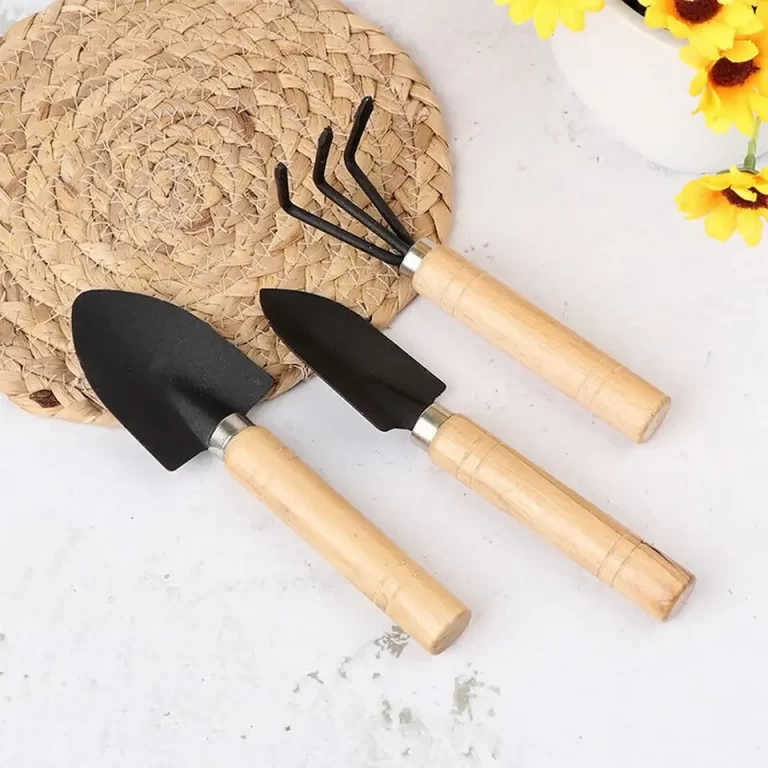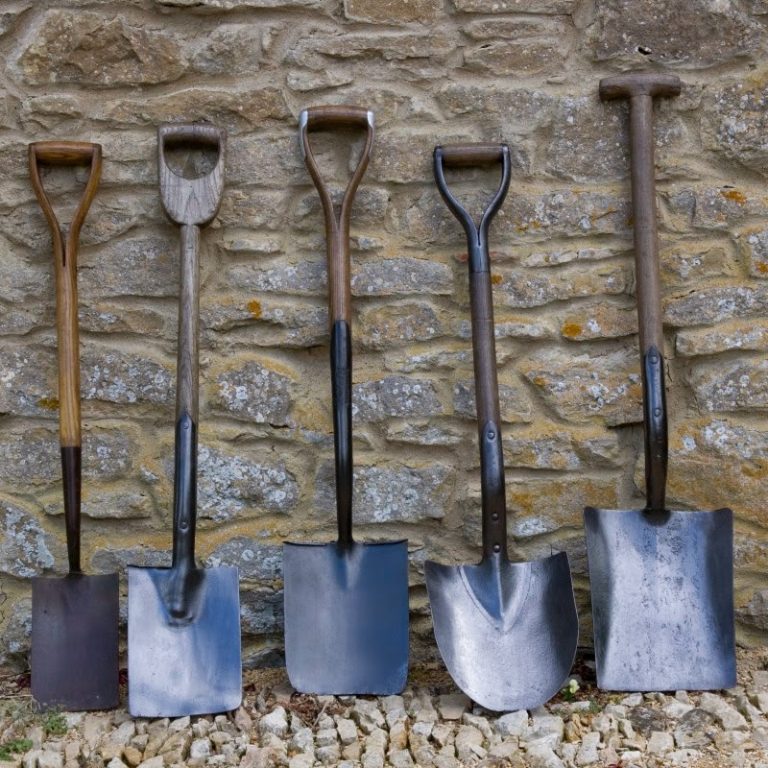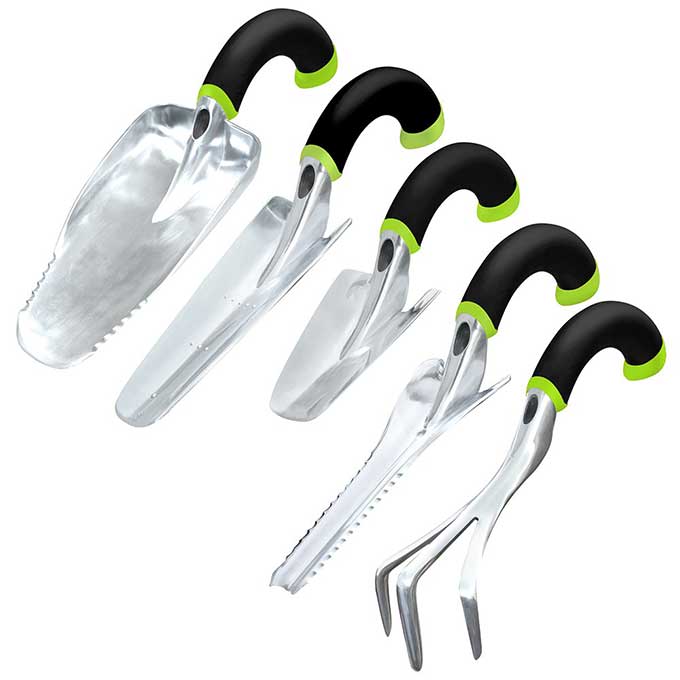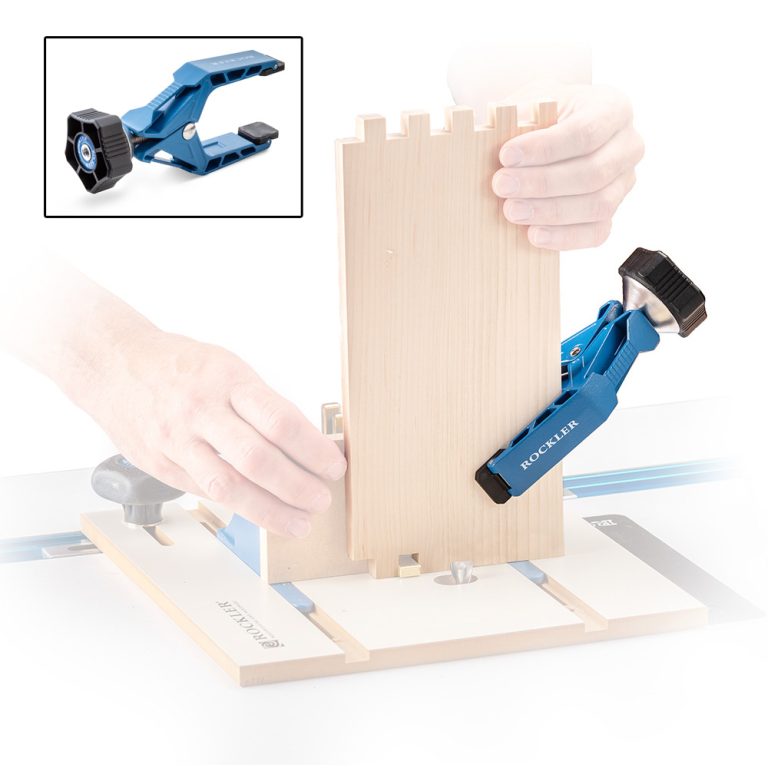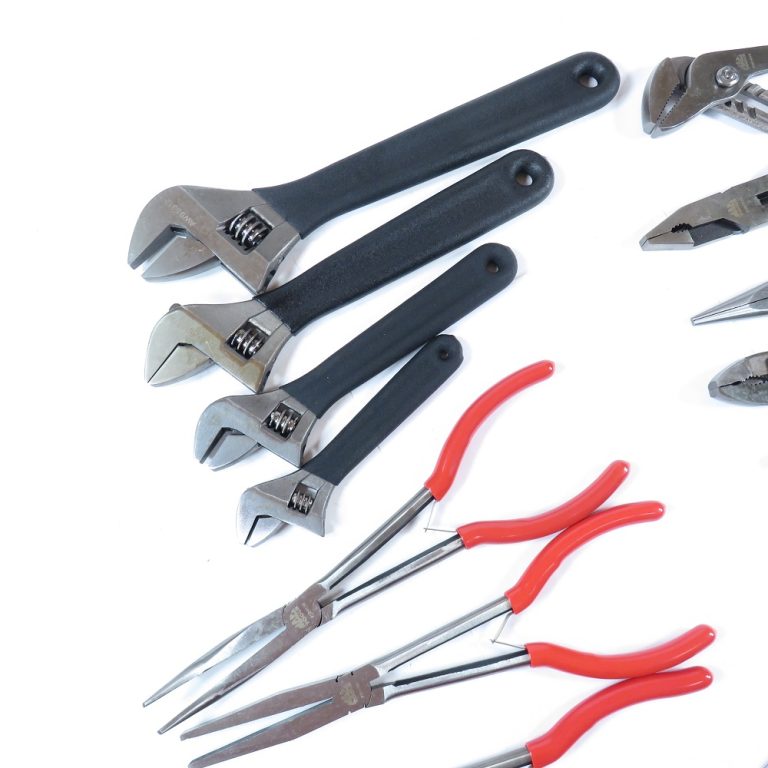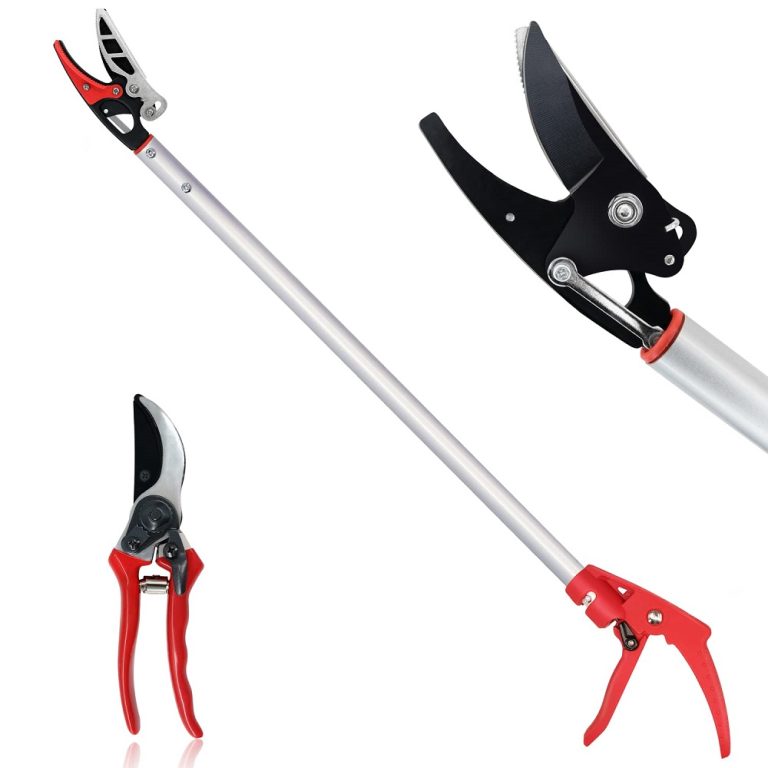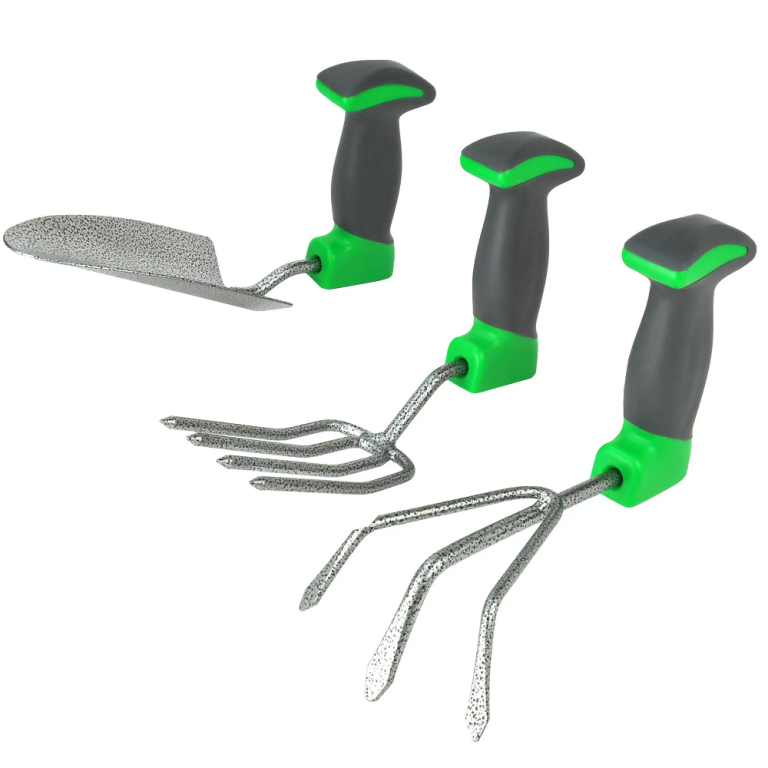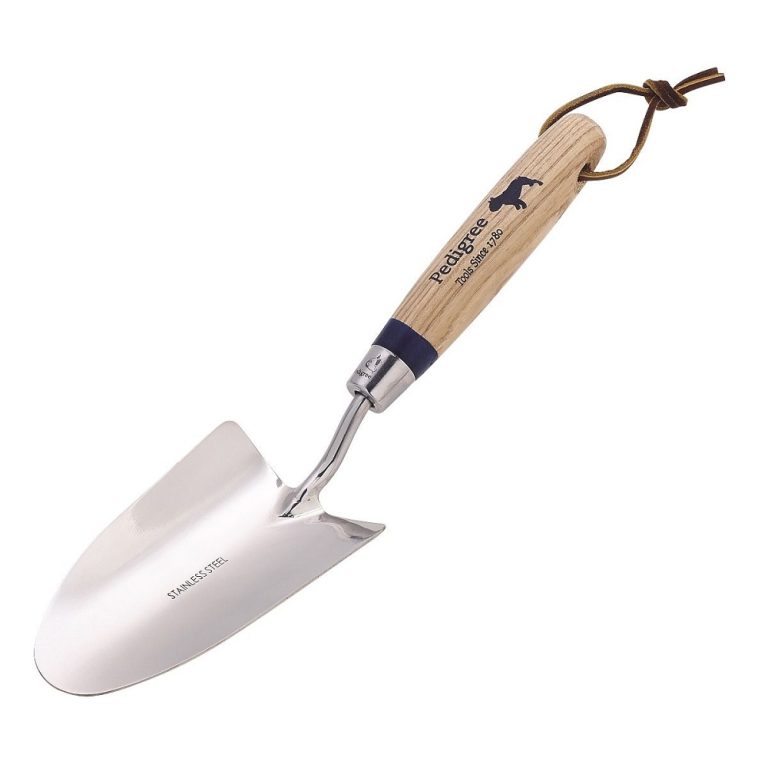Introduction to Garden Cutting Tools
Garden cutting tools are essential for maintaining a healthy and beautiful garden. These tools help shape, trim, and manage plants effectively. From pruning overgrown shrubs to cutting branches, the right tools ensure efficient gardening. They make tasks quicker, easier, and more precise.
Cutting tools come in a variety of designs tailored to specific gardening tasks. Some are perfect for delicate pruning, while others handle heavy-duty cutting. Common tools include pruning shears, loppers, hedge trimmers, pruning saws, and grass shears. Each serves a unique purpose and adds value to your gardening toolkit.
Investing in quality tools improves results and reduces physical effort. Durable, sharp blades provide clean cuts that promote plant health. Using appropriate tools also minimizes stress on your hands and wrists.
Understanding these tools and their uses can transform your gardening experience. In the sections ahead, we will explore each tool type in detail.
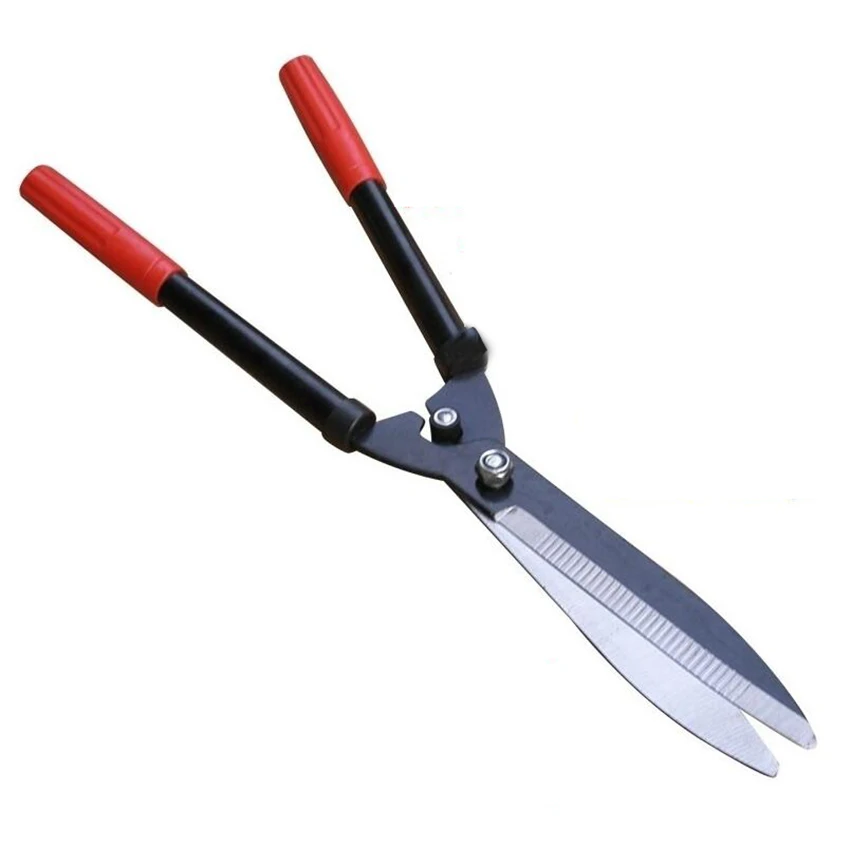
Importance of Using the Right Cutting Tools in Gardening
Using the proper garden cutting tools is crucial for achieving effective and precise results. Correct tools reduce effort and save time while improving plant health.
Promotes Healthy Plant Growth
Clean and accurate cuts prevent damage and infection in plants. Sharp tools help minimize tearing or crushing of stems, encouraging healthier regrowth.
Enhances Efficiency and Ease
The right tools for specific jobs make tasks faster and smoother. For cutting thicker branches, loppers work better than pruning shears. Using suitable tools avoids strain on your hands.
Prevents Physical Strain
Quality cutting tools are designed ergonomically to reduce stress on wrists and fingers. Lightweight tools with cushioned handles are especially useful for prolonged use.
Improves Garden Aesthetics
Neatly trimmed plants and shrubs boost the visual appeal of your garden. Proper tools allow for precise shaping and uniform cuts.
Choosing and using the right tools for gardening tasks lead to better outcomes. They ensure healthier plants, efficient work, and a beautiful garden.
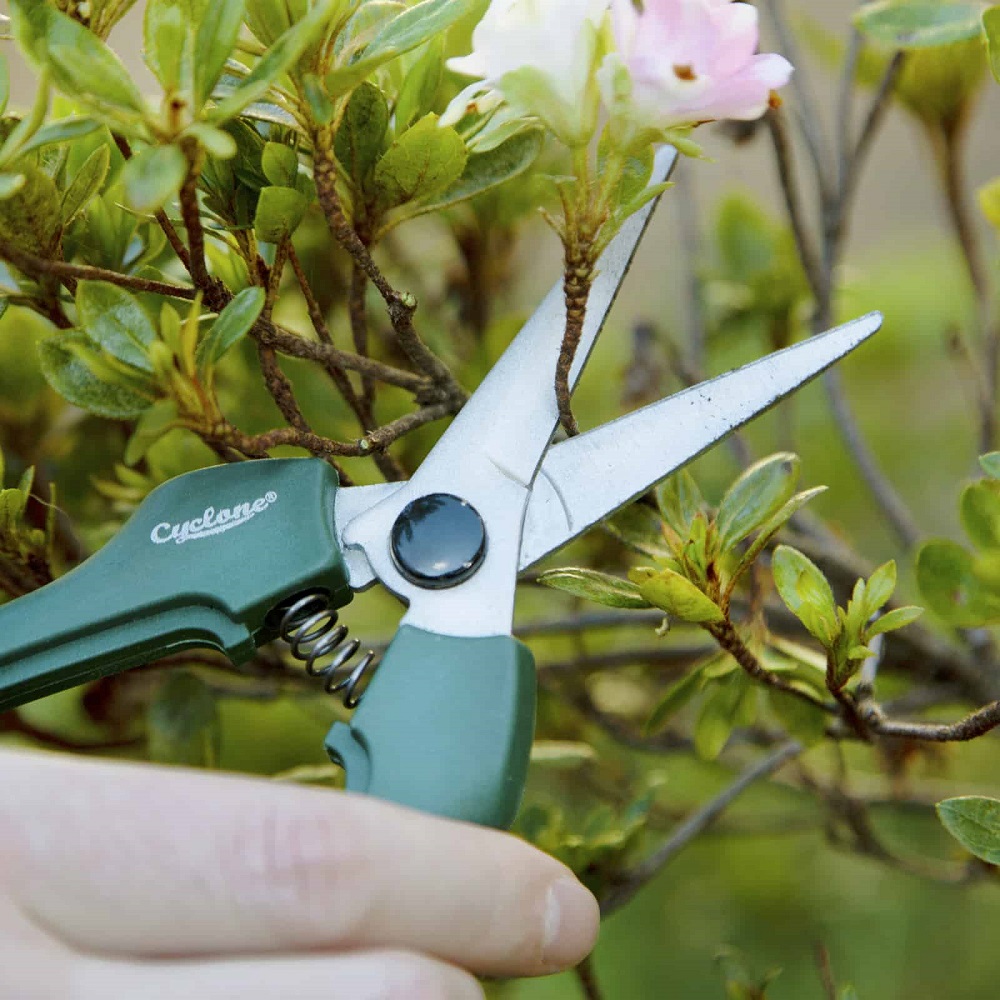
Types of Garden Cutting Tool
Understanding the different types of garden cutting tools is crucial for efficient gardening. Each tool serves a specific purpose, making garden maintenance easier and more effective. Below, we explore the most common types of cutting tools.
Pruning Shears
Pruning shears are versatile and widely used for small-scale cutting tasks. They are ideal for trimming flowers, stems, and light branches. Their sharp blades ensure clean cuts, which help prevent plant damage. Bypass pruning shears are great for live plants, while anvil versions work best on dead stems.
Loppers
Loppers are perfect for cutting thicker branches that pruning shears cannot handle. They have long handles that provide extra leverage for powerful cuts. Choose loppers with adjustable blades for added versatility. They are excellent for pruning trees and large shrubs.
Hedge Trimmers
Hedge trimmers are designed for shaping hedges and shrubs with precision. Manual trimmers offer greater control for intricate designs, while powered versions are ideal for large areas. Look for lightweight models to reduce fatigue during use.
Pruning Saws
Pruning saws are essential for tackling robust branches and tougher materials. They feature sharp, serrated blades capable of cutting wood up to six inches thick. Folding pruning saws are portable and safe to store when not in use.
Grass Shears
Grass shears are specialized for trimming grass in tight spaces. They are useful for cutting grass around edges, pathways, and flower beds. Some models feature adjustable blades for angled cuts, enhancing precision.
By selecting the right garden cutting tools, you can keep your plants healthier and your tasks more manageable. Ensure that each tool aligns with your garden’s specific needs.
Key Factors to Consider When Choosing Garden Cutting Tool
Selecting the right garden cutting tools is key for effective gardening. The right tools help you work efficiently and ensure healthy plant care. Below are the key factors to consider when making your choice.
1. Purpose and Task Specificity
Choose tools designed for the tasks you need. For trimming flowers, opt for pruning shears. If you need to cut thick branches, loppers are better. Hedge trimmers work best for shaping hedges, while grass shears are great for detailed lawn edges.
2. Quality of Materials
Look for tools with durable materials. High-carbon steel blades stay sharp longer and resist rust. Wooden or fiberglass handles are sturdy and lightweight, offering better control and comfort.
3. Ergonomics and Comfort
Choose tools with cushioned and non-slip handles. Ergonomic designs reduce wrist and hand strain during prolonged use. Lightweight tools make work less tiring.
4. Adjustability and Versatility
Opt for models with adjustable blades for different cutting needs. This versatility saves money and space in your toolkit. Some tools also feature extendable handles for extra reach.
5. Safety Features
Safety features like locking mechanisms protect you and prolong the lifespan of your tools. Folding saws, for example, are compact and safer to store.
6. Price and Budget
Set a budget and stick to it. While high-quality tools may cost more upfront, they last longer, ultimately saving money. Avoid excessively cheap tools as they may break easily.
7. Maintenance Requirements
Consider how easy the tools are to clean and maintain. Detachable parts and rust-resistant materials make maintenance simpler. Well-maintained tools stay sharper and last longer.
Making informed decisions ensures you choose the best garden cutting tools for your needs. This improves work efficiency, plant care, and overall gardening experience.
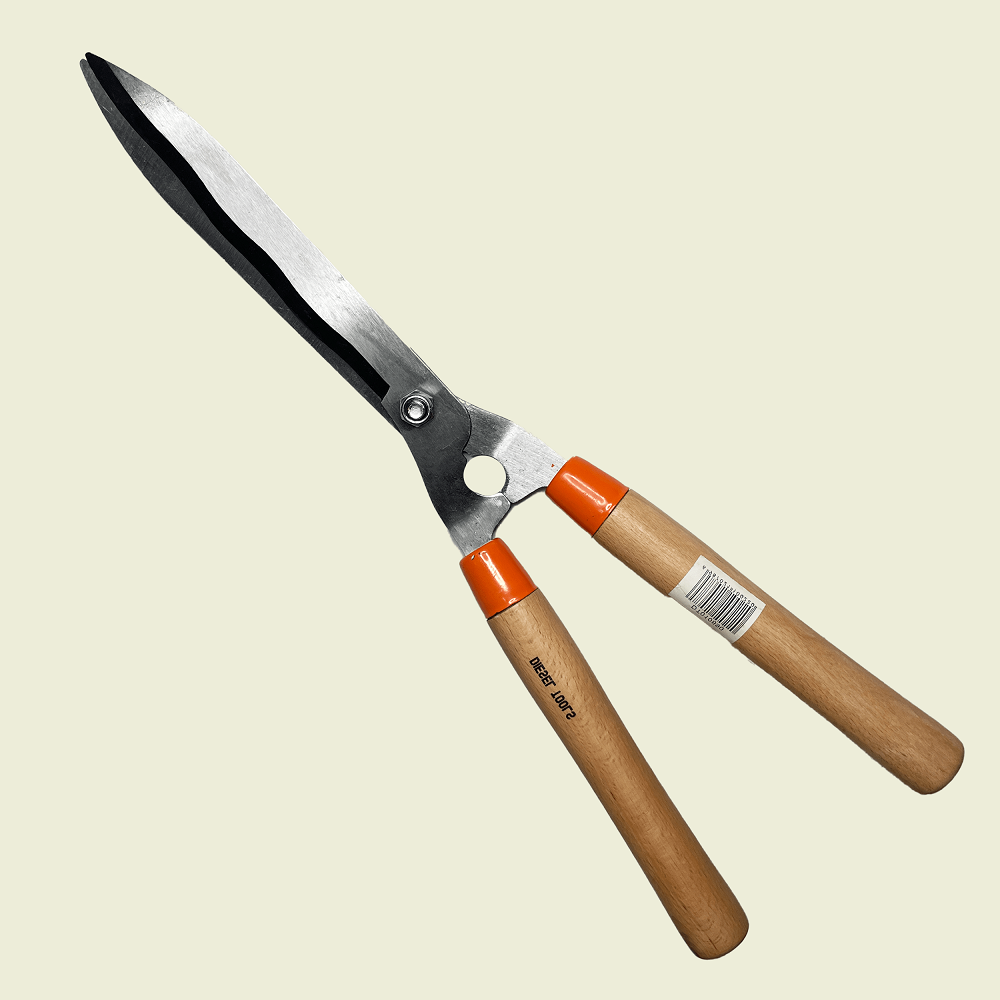
Proper Maintenance of Garden Cutting Tool
Maintaining your garden cutting tools is vital for their longevity and performance. Proper care ensures sharp blades, safe usage, and effective gardening. Below are essential tips to keep your tools in great condition:
1. Clean Tools After Use
Remove dirt, sap, and debris after every use. Use a damp cloth or brush for cleaning. Dry thoroughly to prevent rust.
2. Sharpen Blades Regularly
Dull blades can damage plants. Use a sharpening stone or file to keep blades sharp. Test sharpness before use.
3. Lubricate Moving Parts
Lubricate pivot points and springs with oil to ensure smooth operation. Avoid over-applying oil.
4. Store Tools Properly
Store tools in a dry, clean place. Use tool covers or hang them to protect blades and handles.
5. Check for Wear and Tear
Inspect tools for rust, cracks, or loose parts. Replace damaged handles or blades immediately.
6. Use Rust-Resistant Treatments
Apply a rust-preventative spray or oil to metal parts. This helps extend the tool’s lifespan.
7. Follow Manufacturer Instructions
Read and follow any specific maintenance guidelines provided for your tools. This ensures optimal care.
Taking care of your garden cutting tools saves money, improves efficiency, and ensures smoother gardening tasks.
Essential Safety Tips When Using Cutting Tools
Using garden cutting tools with safety in mind prevents injuries and ensures effective use. Follow these essential guidelines:
1. Wear Protective Gear
Safety begins with proper gear. Use gloves to protect your hands from cuts and blisters. Wear safety goggles to shield your eyes from flying debris. Use closed-toe shoes for foot protection.
2. Inspect Tools Before Use
Check if tools are in good condition before starting. Ensure blades are sharp and handles secure. Look for signs of wear or rust that might compromise safety.
3. Use Tools as Directed
Always follow the manufacturer’s instructions for tool handling. Avoid using tools for tasks they are not designed for.
4. Grip Tools Firmly
Hold handles firmly to maintain control, especially when cutting tough materials. A secure grip reduces accidents.
5. Store Tools Safely
Store tools in designated spaces after use. Keep them out of reach of children and pets. Place sharp tools with blades covered or locked for safety.
6. Don’t Force Cuts
Let the tool do the work. Avoid using excessive force that could break the tool or strain your hands.
7. Maintain Awareness
Stay alert while using tools. Avoid distractions and stay focused on your actions. Keep others at a safe distance during cutting tasks.
8. Use Tools on Stable Surfaces
Ensure a firm and stable ground while working. Avoid cutting on uneven or slippery surfaces.
9. Keep Tools Sharp
Dull blades require extra force and increase the risk of accidents. Regularly sharpen tools as part of maintenance.
10. Handle Tools Mindfully
Point sharp edges away from you when carrying or passing tools. Avoid running while holding tools.
By following these tips, you can use garden cutting tools safely. This reduces the risk of injuries and ensures efficient gardening.
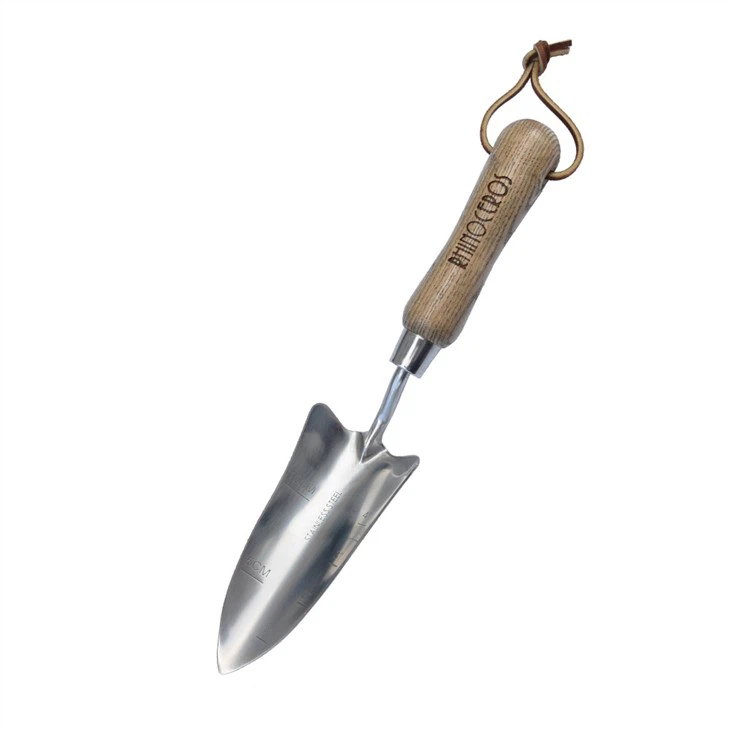
Recommended Brands and Models for Garden Cutting Tool
Choosing the right garden cutting tools involves knowing which brands deliver reliability and durability. Renowned brands create tools that perform well and last long. Below are some of the top brands and models worth considering.
1. Fiskars
Fiskars is known for innovative designs and exceptional quality. Their pruning shears are lightweight and ergonomic. The Fiskars PowerGear2 loppers excel in cutting thick branches with ease.
2. Felco
Felco tools are durable and made with precision. Their pruning shears are renowned globally. The Felco 2 Classic model is versatile and offers unparalleled cutting performance.
3. Corona
Corona tools deliver professional-grade quality at affordable prices. Their loppers and hedge trimmers are sturdy and efficient. The Corona ClassicCUT bypass pruner offers smooth and clean cuts.
4. Black+Decker
Black+Decker specializes in powered garden tools. Their electric hedge trimmers are efficient for large-scale use. The Black+Decker TR116 is excellent for trimming hedges quickly.
5. Gardena
Gardena tools combine durability with comfort for effective gardening. Their grass shears feature precision blades. The Gardena Comfort grass shears offer adjustable cutting angles for greater accuracy.
6. ARS
ARS tools are lightweight, sharp, and designed for professional use. Their pruning shears and saws are highly efficient. The ARS VS-8Z pruner is known for its cutting precision and ergonomic design.
7. Silky
Silky specializes in top-quality pruning saws. Their Japanese steel blades provide clean and smooth cuts. The Silky F180 folding saw is compact and easy to carry.
Investing in tools from trusted brands ensures optimal performance and long-term value. Select models that match your specific gardening needs and enjoy better results.
Conclusion and Expert Tips on Gardening With Cutting Tools
Garden cutting tools are essential for maintaining healthy plants and a beautiful outdoor space. Using the right tools improves efficiency, ensures safety, and promotes proper plant growth. Here’s a summary of insights and expert tips to enhance your gardening experience:
Key Takeaways
- Choose the Right Tools: Match tools to specific gardening tasks, such as trimming flowers or cutting thick branches.
- Invest in Quality: High-quality tools last longer, work better, and reduce physical strain.
- Maintain Your Tools: Clean, sharpen, and lubricate tools regularly to keep them in top condition.
- Prioritize Safety: Always wear protective gear and handle cutting tools carefully to avoid injuries.
Expert Tips for Gardening Success
- Inspect Tools Regularly: Check for wear and tear to prevent accidents and ensure smooth operation.
- Start Small: If you’re a beginner, start with basic tools like pruning shears and build your collection gradually.
- Use Ergonomic Models: Opt for tools with non-slip grips and lightweight designs to minimize fatigue.
- Plan Your Gardening: Tackle heavy tasks in the morning when you’re energetic, and pace yourself.
- Practice Proper Technique: Use steady, controlled movements when cutting. Avoid forcing the tool through thick branches.
By following these tips, you’ll maximize the efficiency and safety of your garden cutting tools. A well-maintained toolkit paired with good technique will transform your gardening experience and results.
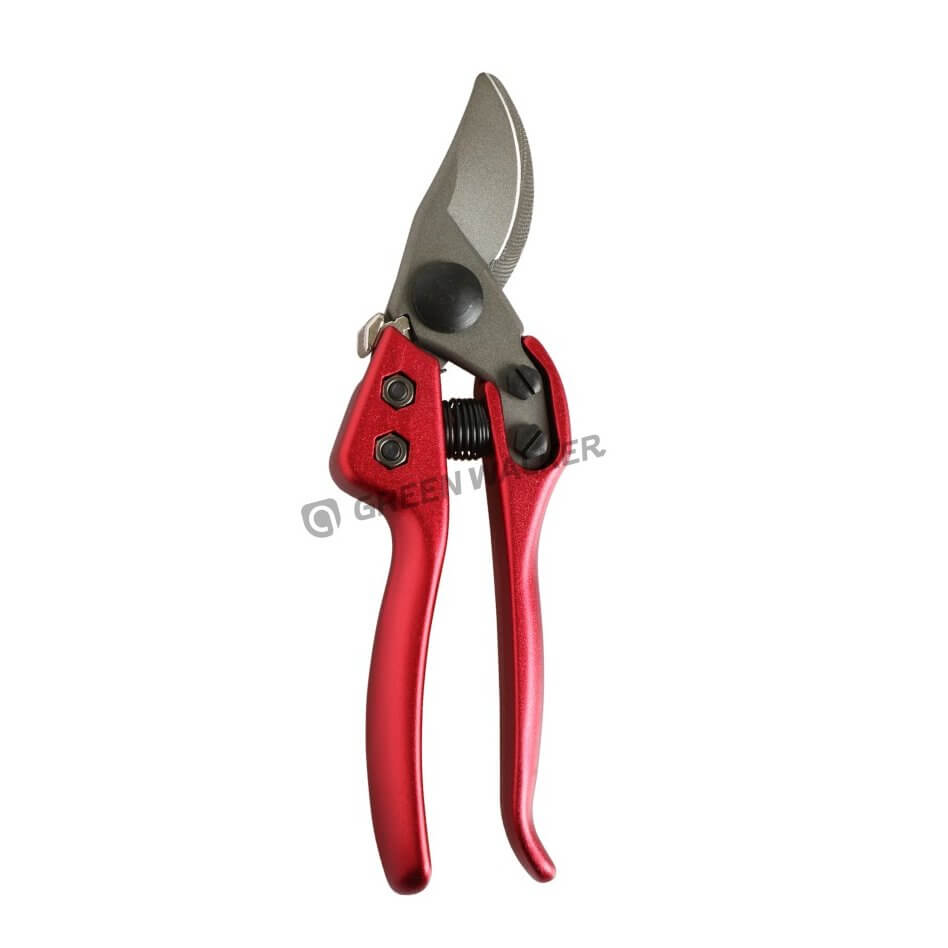
Empowering Your Gardening Experience
In conclusion, having the right garden cutting tools is essential for any gardener looking to maintain and enhance their outdoor space. From basic hand tools like pruning shears to specialized equipment like weed cutters and hedge trimmers, the right tools help promote healthy growth and a beautiful landscape. By understanding the types of tools available, selecting the best options for your specific needs, and implementing proper care and maintenance practices, you can empower your gardening experience.
As you invest time and effort into your garden, remember that quality tools play a crucial role in achieving your goals. Regularly maintaining and caring for your tools will ensure their longevity, enhancing your gardening capabilities. Always prioritize safety, educate yourself on proper techniques, and select tools that best fit your gardening style.
Ultimately, gardening is a fulfilling hobby that allows you to connect with nature while expressing creativity and care for your environment. Embracing the right tools will help you nurture your garden’s growth and beauty, transforming it into a cherished space. By cultivating your gardening skills and investing in quality tools, you can enjoy the fruits of your labor and create a garden that reflects your dedication and passion. Happy gardening!
